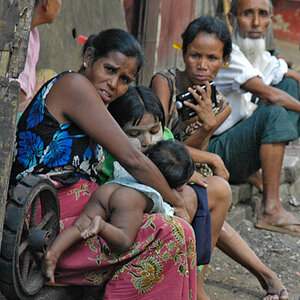Heya, first post for me. 
I live in northern Illinois, just a couple of minutes ago I was trying to take some shots for the severe storm passing over us. I couldnt really snap a good one off for the life of me. I'm very new to photography, this is my first step into it and I just got my Lumix DMC-FZ30 earlier in the week.
I still haven't really learned how to utilize the other settings like manual exposure, program ae, shutter priority, aperture priority etc. I was also working on the fly to because it was comming quick and leaving quick. At first I attempted to record it with movie mode but I couldnt see anything, it was pretty much comming through white. I thought maybe white balance had something to do with it and I went through all the options and it didnt change much.
Anyway, that failed and I was rushing to take some shots so I used auto. I wasted the good part of the storm trying to get the video to work, I'm kinda upset cause my shots only got the weaker side.
Anywho, I want to learn how to match the sky with the ground for next time. I was trying to take shots where the top half was the sky, and the bottom half was the ground. Typically when I pointed the camera at the sky, the picture adjusted, and when I pointed it at the ground, it adjusted. Pointing the camera closer to the ground made the picture seem alot lighter outside then it really was. Taking a picture of the sky made it seem alittle more like how it was, perhaps a bit darker, but then I couldnt get any rain or the splashes or the wind in the shot. Taking a picture straight forward adopts the ground adjustment and then you can't even see the clouds in the sky, it just looks lightly grayed over (which it definetly was not). Can someone toss me a quick how-to on manually adjusting the picture so I can get both of what I want into the shot (so the picture looks how my eyes see it).
Here are two shots to compare the difference im getting.


The actual color outside was more towards the sky pic. As you can see, none of the stuff in the sky appeared in the ground photo. However they weren't pics taking right after each other. You can see in the lighter pic that the rain is heavier, ere the foggy background. But the color of the world was pretty much the same during both shots.
Really whacky storm by the way, I missed the good stuff though. There were fire trucks and police cars and community suvs doing laps. I was hoping and not hoping at the sametime that one of them suspicious clouds would spit a tornado out.
No lightning though, just flashes. Might be some lightning during the night, lookin forward to that.
Oh and nice being on the forum!
P.S. and boy do I have alot more questions.
I live in northern Illinois, just a couple of minutes ago I was trying to take some shots for the severe storm passing over us. I couldnt really snap a good one off for the life of me. I'm very new to photography, this is my first step into it and I just got my Lumix DMC-FZ30 earlier in the week.
I still haven't really learned how to utilize the other settings like manual exposure, program ae, shutter priority, aperture priority etc. I was also working on the fly to because it was comming quick and leaving quick. At first I attempted to record it with movie mode but I couldnt see anything, it was pretty much comming through white. I thought maybe white balance had something to do with it and I went through all the options and it didnt change much.
Anyway, that failed and I was rushing to take some shots so I used auto. I wasted the good part of the storm trying to get the video to work, I'm kinda upset cause my shots only got the weaker side.
Anywho, I want to learn how to match the sky with the ground for next time. I was trying to take shots where the top half was the sky, and the bottom half was the ground. Typically when I pointed the camera at the sky, the picture adjusted, and when I pointed it at the ground, it adjusted. Pointing the camera closer to the ground made the picture seem alot lighter outside then it really was. Taking a picture of the sky made it seem alittle more like how it was, perhaps a bit darker, but then I couldnt get any rain or the splashes or the wind in the shot. Taking a picture straight forward adopts the ground adjustment and then you can't even see the clouds in the sky, it just looks lightly grayed over (which it definetly was not). Can someone toss me a quick how-to on manually adjusting the picture so I can get both of what I want into the shot (so the picture looks how my eyes see it).
Here are two shots to compare the difference im getting.


The actual color outside was more towards the sky pic. As you can see, none of the stuff in the sky appeared in the ground photo. However they weren't pics taking right after each other. You can see in the lighter pic that the rain is heavier, ere the foggy background. But the color of the world was pretty much the same during both shots.
Really whacky storm by the way, I missed the good stuff though. There were fire trucks and police cars and community suvs doing laps. I was hoping and not hoping at the sametime that one of them suspicious clouds would spit a tornado out.
No lightning though, just flashes. Might be some lightning during the night, lookin forward to that.
Oh and nice being on the forum!
P.S. and boy do I have alot more questions.


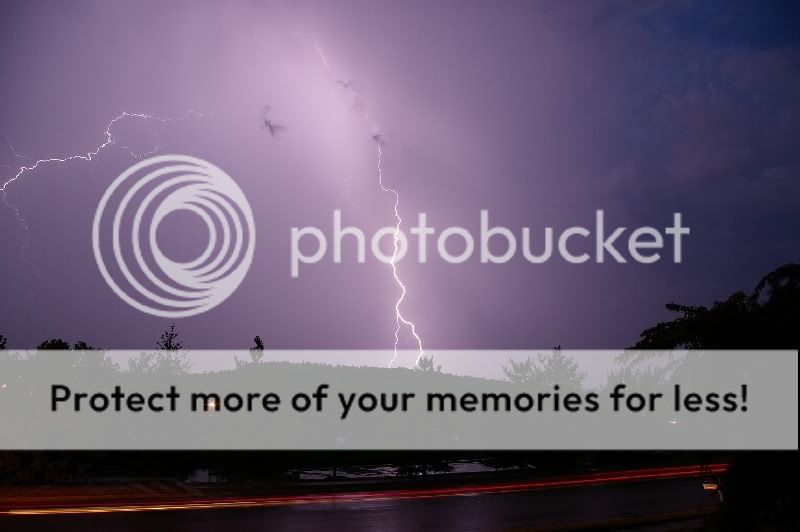
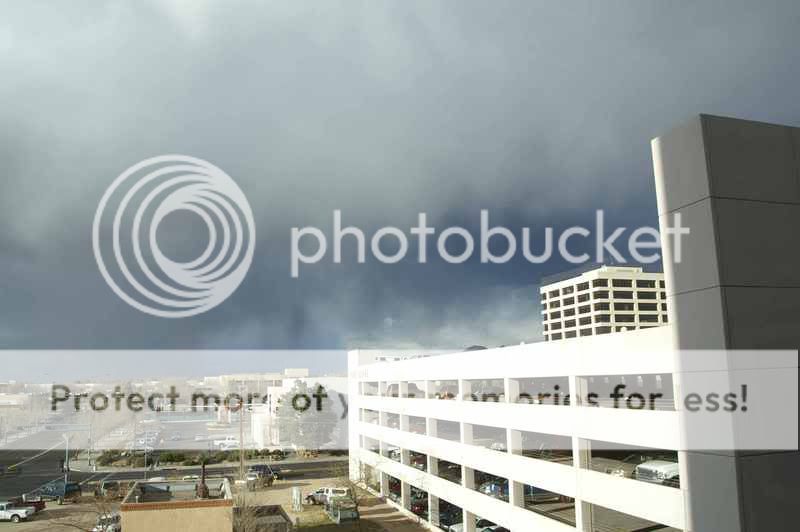
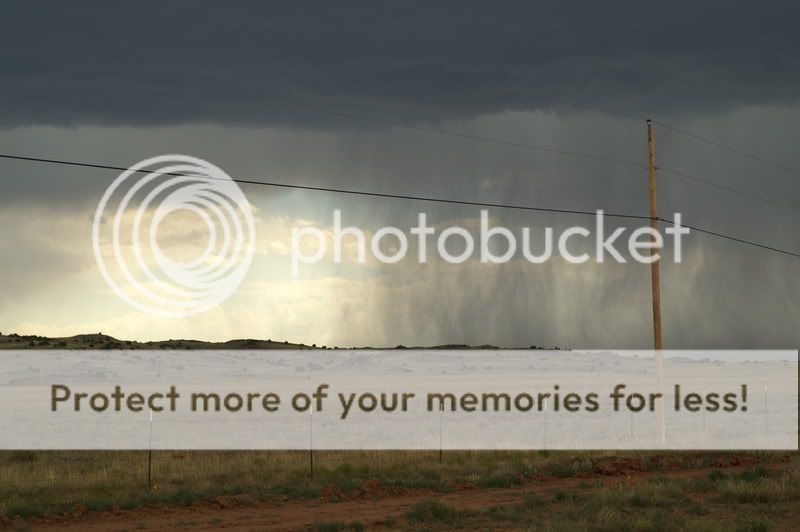
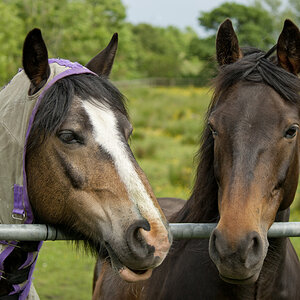

![[No title]](/data/xfmg/thumbnail/41/41765-153b10bab62ae8adbcc4d984fd08ed74.jpg?1619739885)

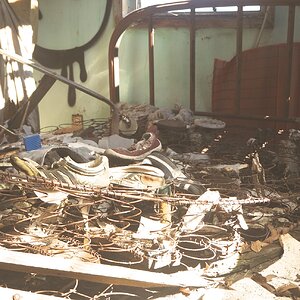
![[No title]](/data/xfmg/thumbnail/35/35213-19b5e1596f756d523bfde9446f21ca8a.jpg?1619736951)
![[No title]](/data/xfmg/thumbnail/32/32709-80f0f0432fd5ec548a3efdb60ef77d46.jpg?1619735613)
